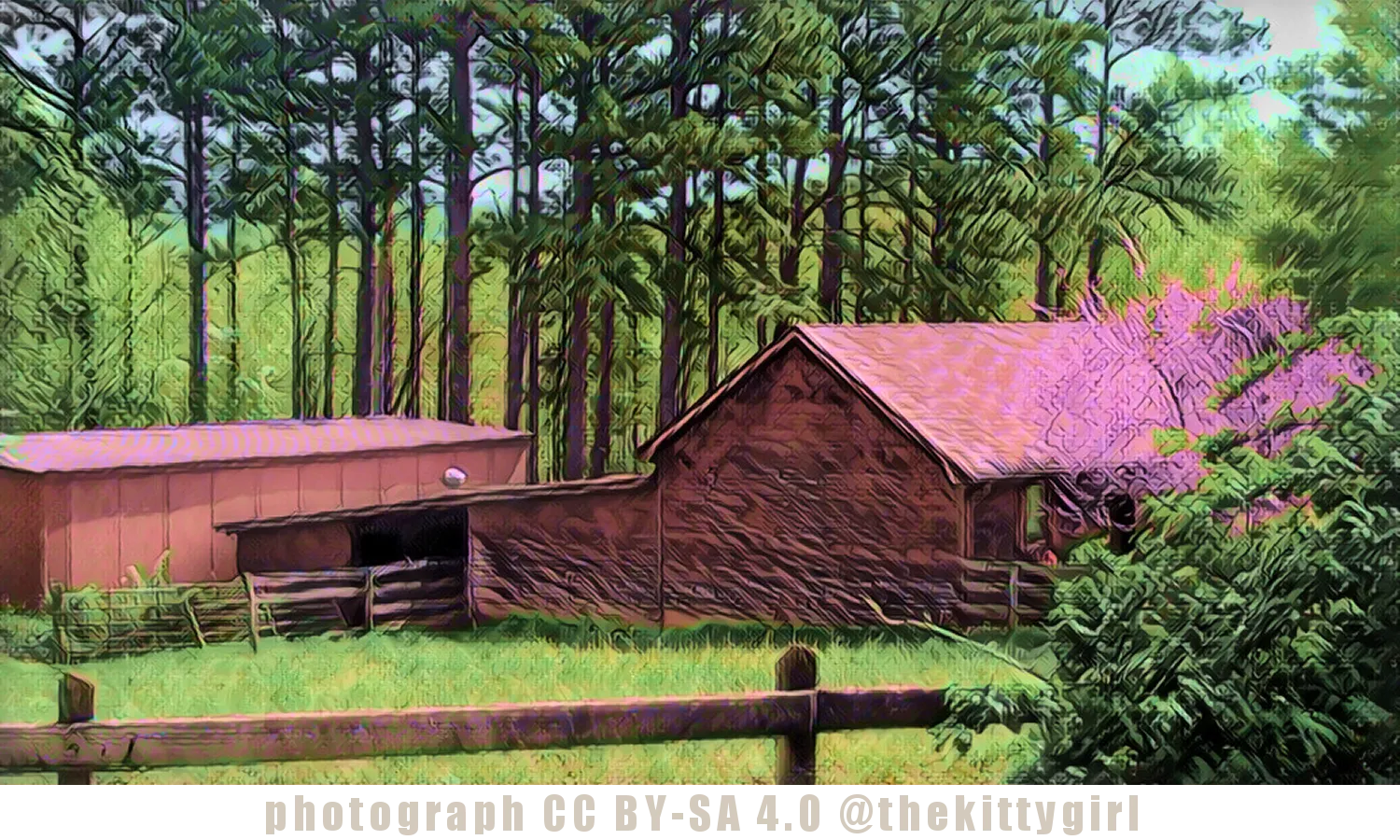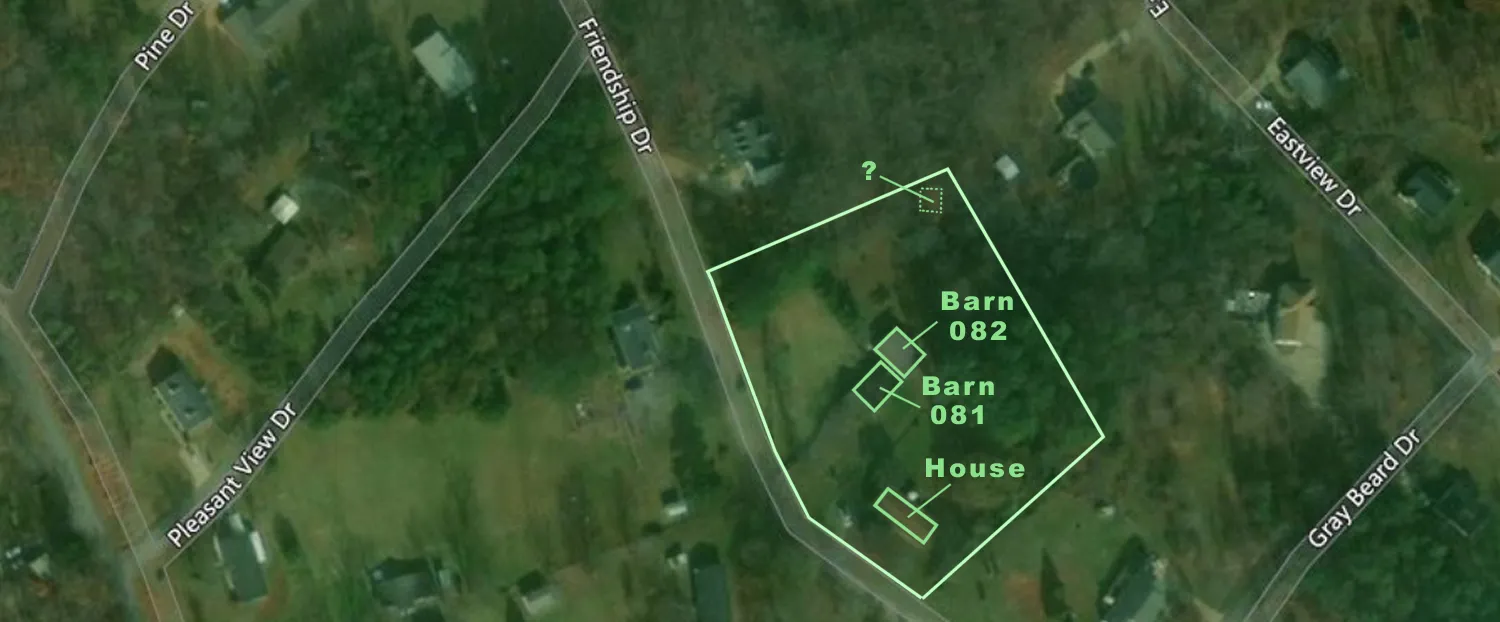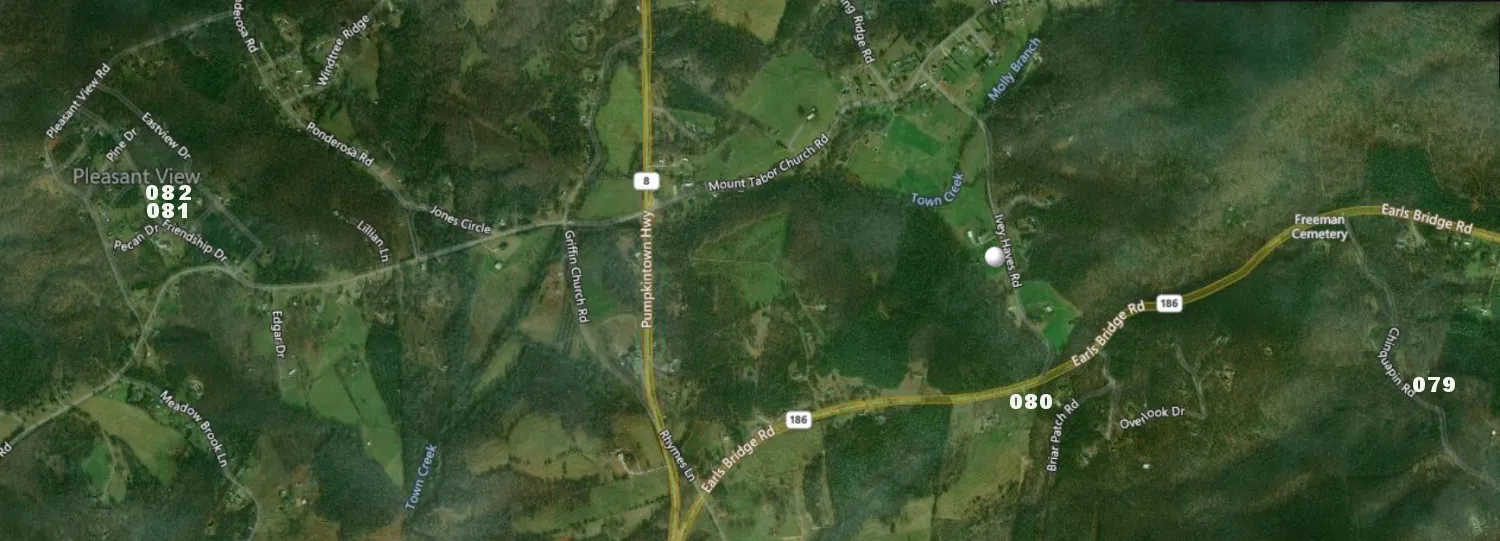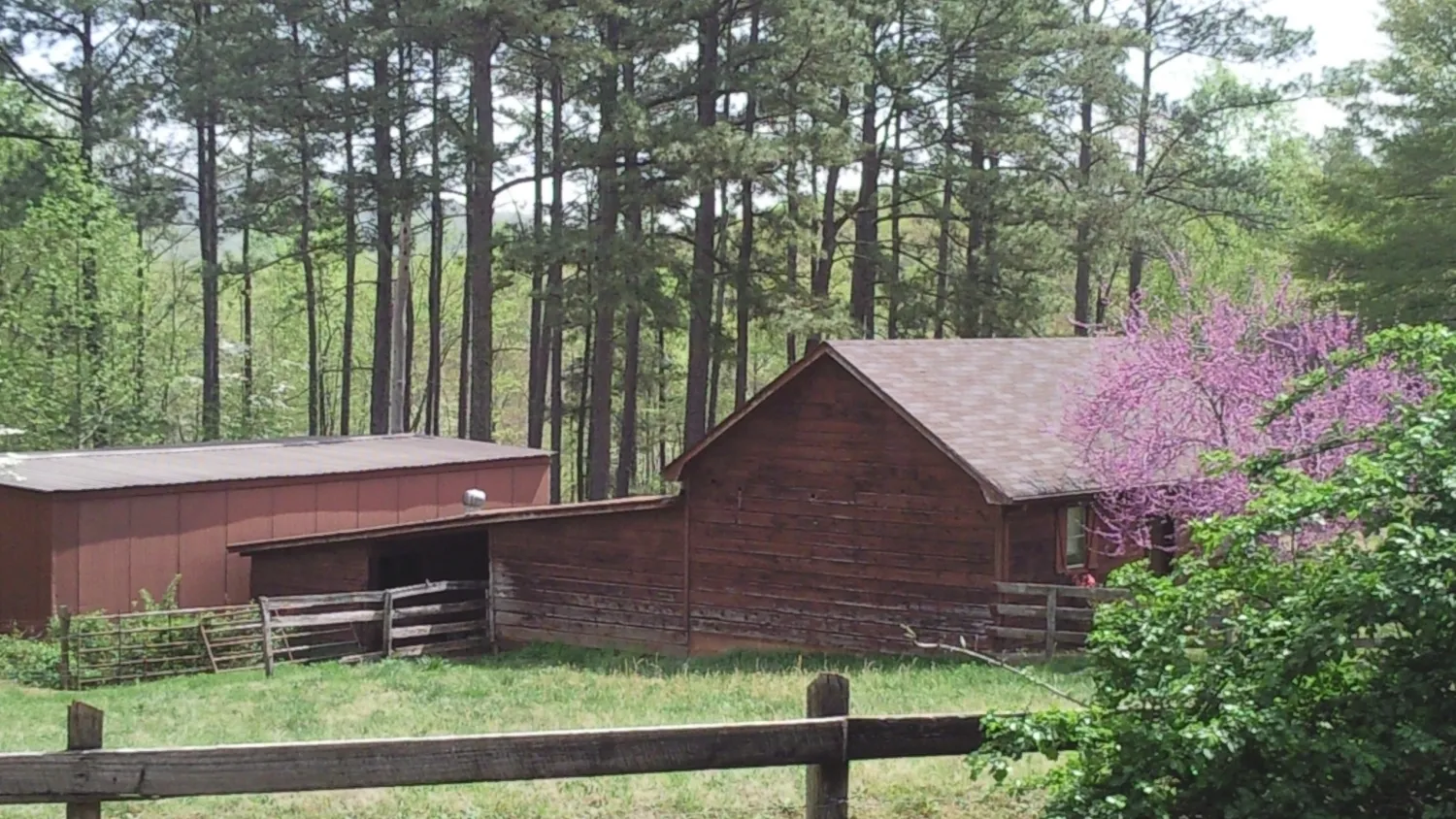There is something charming in appearance about a red barn, but I can't quite put my finger on why this is so. I have often heard the reddish-colored wood on some barns called by the name "redwood" even though the wood, itself, might not be from an actual Redwood Tree. So, what is the reason for the commonly-seen red barn? I consulted the Farmer's Almanac, a reliable source of information since 1818, about this.
Hundreds of years ago, many farmers would seal their barns with linseed oil, which is an orange-colored oil derived from the seeds of the flax plant. To this oil, they would add a variety of things, most often milk and lime, but also ferrous oxide, or rust. Rust was plentiful on farms and because it killed fungi and mosses that might grow on barns, and it was very effective as a sealant. It turned the mixture red in color. When paint became more available, many people chose red paint for their barns in honor of tradition. [source]
So, now we know!
BUT...
Every time I research something like this, I find more questions that lead me into other directions, the proverbial "rabbit hole." In this case: why is the oil of the flax seed called "linseed" oil instead of "flaxseed" oil? So, I had to do some further investigation. As it turns out, the words "flax" and "linseed" are both derived from the Old English language. And from there, I tripped through articles about the flax plant, linseed (and it's processing), the Romans, the Anglo-Saxons, the evolution of European languages, and other subjects before coming back to my barn article.
As the Roman Empire crumbled and their hold over Great Britain fell apart, people from the Germanic regions of Anglia and Saxony migrated into the area. The merger of these two cultures in Britain are the Anglo-Saxons. As such, the English language has influences from the Old Germanic languages as well as Latin. [source]
The "Old English" language (sometimes called Anglo-Saxon) was the earliest recorded form of the English language. It was spoken throughout most of the island of Great Britain from the 5th through 15th centuries in the Common Era [source] and was the precursor to modern-day English.
The Old English word lin was derived from the Latin word linum, the name the Romans gave to the flax plant. [source] The Germanic people, however, used the word fleax from the proto-Germanic flakhsan [source]. So, "linum" gives rise to "linseed" while "fleax" gives rise to flax." Despite this knowledge, I still don't know why one of the words is used for the seed and the other for the plant. But, I did learn something else, however: linoleum flooring material was originally made from solidified linseed oil on a base of canvas/burlap. [source] If I ever knew that in my younger years, I had certainly forgotten it, and always thought linoleum was some plastic-like synthetic stuff, not something made from natural materials!
Anyway, enough already, on to the barns!

This lovely pairing of barns is in a semi-rural setting in Pickens County, South Carolina (US). I say "semi-rural" because the location of the barn was once quite rural, but so many other houses have been built nearby that it is more like a residential neighborhood now. Still, the owner of this barn has managed to hold onto a nice-sized piece of land for a small farm and keeps a couple of horses there. One of the barns shelters the horses in inclement weather and stores supplies that are needed for the livestock. The other barn is for equipment storage.

The following aerial view from BING Maps shows the location of these barns compared to the last couple that were featured in my blog. (Not that I expect anyone else to be interested in this, as it's more for my own documentation purposes than anything else.)

Again, for @bigtom13 and others who like seeing the original shots as well as the results of my processing, here is the starting photo of the pair of barns:

I hope you enjoyed seeings these lovely barns and reading about the way the farmers protected their barns in the old days with linseed oil! I certainly enjoyed researching it!








18-Oct-2020
Return from OLD BARNS № 081 & 082 to 𝕜𝕚𝕥𝕥𝕪's Web3 Blog

